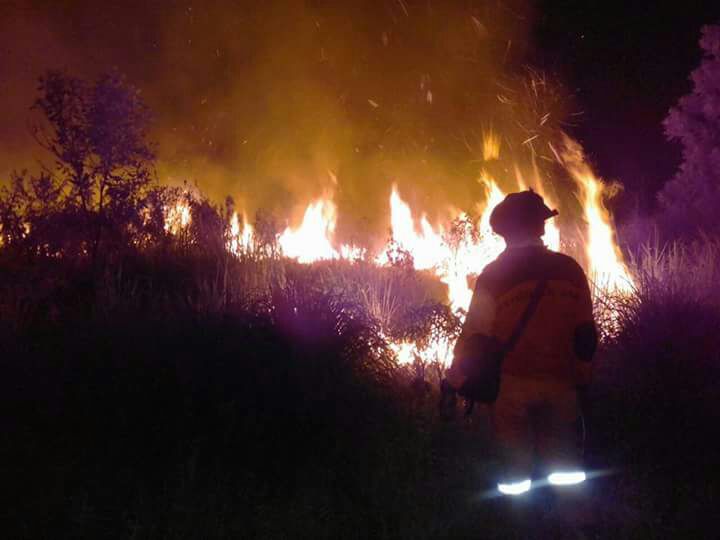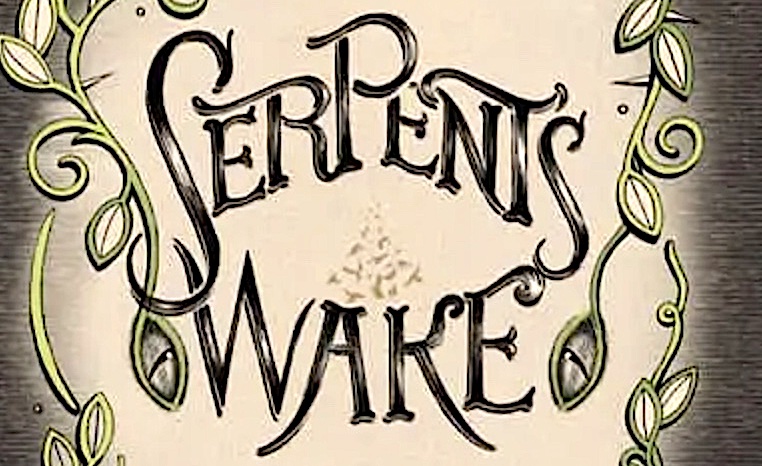Yesterday I listened to an interview with Dr Jane Orton, the director of Melbourne University’s Chinese Teacher Training Centre.
She made two critical and obvious points. First, education is a state matter and as a nation we would benefit from a national languages curriculum. Secondly, she explained that the top results in studies of Chinese language in Australia go to those who already speak a Chinese language. Non-Chinese background students are opting out of the system. This in itself isn’t a major problem as we are still producing competent Chinese language speakers. There is however a failure to engage and retain students of non-native speaker background in continuing studies of Chinese.
Of course there are wider problems with the teaching of Asian languages in Australia. We can gain some insight into the popularity of Asian languages by examining enrolments in higher education institutions. Enrolments in Asian language programs conducted by Australian institutions of higher education have been studied in surveys initiated by the Asian Studies Association of Australia (ASAA), since 2001. In their latest report Asian Languages Enrolments in Australian Higher Education 2008-9 Report commissioned by the Asian Studies Association of Australia, author A/Prof Anne McLaren, from the University of Melbourne, emphasised that:
- New programs have opened up in Chinese, and enrolments are up by about a third since 2001 but most new learners are of Asian background.
- Numbers in Indonesian have fallen dramatically since the early 2000s and a number of providers have terminated progams in Indonesian.
- Japanese has seen a modest increase in enrolments since 2001 and continues to have by far the largest number of enrolments of any Asian language.
- Enrolments in Arabic have more than doubled since 2001 from a small base.
- Korean and Vietnamese enrolments have grown quite strongly since the early 2000s but are offered in very few institutions.
The demise of Indonesian Language
Australia’s connection with Indonesia stretches back to the dawn of human settlement in the region. Trade between Nusantara and Aboriginal nations was well established before the colonial period. To traders from the north the Kimberley was known as Kayu Jawa and Arnhemland as Marege. Denise Russell from the University of Wollongong has published a short but comprehensive account of these connections in her online paper Aboriginal–Makassan interactions in the eighteenth and nineteenth centuries in northern Australia and contemporary sea rights claims. She shows the extent of the trade with this useful map.

Given this extensive history, the Indonesian language has long been of particular interest to me. Over the period 1984 to 2002 I travelled there many times as a field study centre manager, tourism product developer, location manager for film and television, consultant to the Department of Foreign Affairs and Trade, market researcher and tourist. These visits took me to 14 provinces from remote parts of West Papua, Kalimantan and the Mentawai islands, to Diplomatic and Ministerial meetings in Jakarta. After a break following the first Bali Bombings of October, 2002, I’ve resumed regular travel to Indonesia. My most recent trip was in January 2011, as readers of this blog will already know.
While I was back in Sydney, working on other projects in 2004 it was with more than passing interest that I read Louise Williams’ article, “We must learn more of our neighbour“ published in the Sydney Morning Herald’s September 11-12 weekend edition. She was most thorough in exploring Indonesia’s broad importance to Australia. She correctly observed that the collapse in high school Indonesian-language enrolments was flowing on to universities. Her excellent article moved me to write a letter to the editor stressing that, “The result is a deteriorating capacity to produce graduates equipped with the skills needed to sustain an effective engagement with our neighbour.”
I argued that the Australian Government needed to be far more active in rekindling and fostering the tools and understanding necessary to engage with this complex emergent democracy. A renewed commitment to Indonesian-language education was needed and could prove to be one highly effective strategy in combating the forces of extremism that sought to challenge and destabilise democratic processes in this region.
What I had in mind was that fluency in a language helped ensure an informed and mature understanding of developments along the archipelago, rather than monochromatic responses, based on ignorance that filtered out the histories, archipelagic inter-connectedness, subtleties, complexities and essentially secular nature of our large neighbour.
Watching The Year of Living Dangerously again the other day, I was reminded just how far the world and Indonesia has come, since those Cold War inscribed days. Yet amongst many Australians I still encounter basic fears of Indonesia, a low level paranoia in which it’s no longer the Communists or the militarists in Indonesia that are to be feared, but rather Islamist extremists. This lack of capacity to view our neighbour accurately, through contemporary lenses, can be observed across the bilateral relationship.
I’m not certain what the role of this sub current is in Australian society and politics but I suspect it plays a role in the declining popularity of Indonesian studies, despite the renewed popularity of Bali as a tourist destination.
According to the ASAA report Indonesian was taught in 18 institutions of higher education in 2009, two less than listed in the 2008 report. The report goes on to observe that a number of institutions have ceased teaching Indonesian since the 2000s (Sunshine Coast, Wollongong, Curtin) or have minimal enrolments (UWS). It notes a decline in Indonesian enrolments of 12% in equivalent full-time load (EFTSL) from 2001 to 2005 with this trend continuing into the most recent survey period.
Table 5 from the ASAA report is striking

We must invest to latch into the Asian Century
In response in part to the Federal Government’s announcement that former Treasury Secretary, Ken Henry, is to coordinate the preparation of a white paper on “Australia in the Asian Century”, to be considered by full cabinet in early 2012, today’s Australian carries an excellent article by Bernard Lane. He skilfully traverses the present problem quoting from the University of Melbourne’s Asian law expert Tim Lindsey who explains that:
Engagement with Asia requires skills. This would seem to be self-evident but doesn’t seem to be recognised in government policy or the community.
Lane goes on to cite a 2010 Asia Education Foundation report which warned that:
The same report underscore the fact that Indonesian is at crisis point, with Year 12 enrolments halved since 2000 to just 1100 students nationally.
Lane maps out some of the approaches adopted towards Asian languages indicating that:
A 2007 election promise from Kevin Rudd, the $62.4 million National Asian Languages and Studies in Schools Program (2008-12) aimed to double to 12 per cent the group of Year 12 students emerging with Chinese, Japanese, Indonesian or Korean by 2020. A month before Mr Rudd was removed as prime minister last year, he launched Asia Education Foundation reports showing reverses in Asian literacy at school that experts said NALSSP alone could not remedy.
Unfortunately at the end of June 2012 NALSSP runs out and without a commitment to continued funding for Asian languages, momentum will again be lost. Lane quotes executive director of the Asia Education Foundation Kathe Kirby who says:
The money keeps on peaking and troughing, so you’re just building up momentum and expertise . . . and then the money falls away again
Ms Kirby observes that the Henry review can only make crystal clear the challenges ahead of us if we are going to equip our young people with the capabilities for the Asian century.
Looking on the bright side
The awarding of a National Teaching Fellowship to Prof David Hill from Murdoch University, by the Australian Learning and Teaching Council, is some cause for optimism. as a first step Prof Hill has comprehensively described the problem of declining Indonesian language capacity. His, however, task is to develop a national strategic plan for the advancement of Indonesian language in Australian universities.
In a discussion paper that he presented in February this year he quotes Indonesia’s President Susilo Bambang Yudhoyono, from an address to the Australian Parliament in 2010:
I know of no other Western country where Bahasa Indonesia is widely taught in the school curriculum. I know of no other Western country with more Indonesianists in your governments, universities and think tanks.
While this is high praise from the President, Prof Hill observes, in part also quoting Australian Indonesianist Prof Jamie Mackie, that. . . as the pioneering generation of Indonesianist scholars – so praised by President Yudhoyono — retires, it is becoming clear that we are “living on past capital, in an area where new blood is crucial”.
The project has compiled an extensive media dossier on the matter of Asian languages in Australia which can be accessed here. With initiative like this underway there is some basis for optimism.
I think in all of this discussion the the long term challenge is one of consistent policy settings and funding continuity. In the end the responsibility must remain with the Federal Government.




Leave a comment